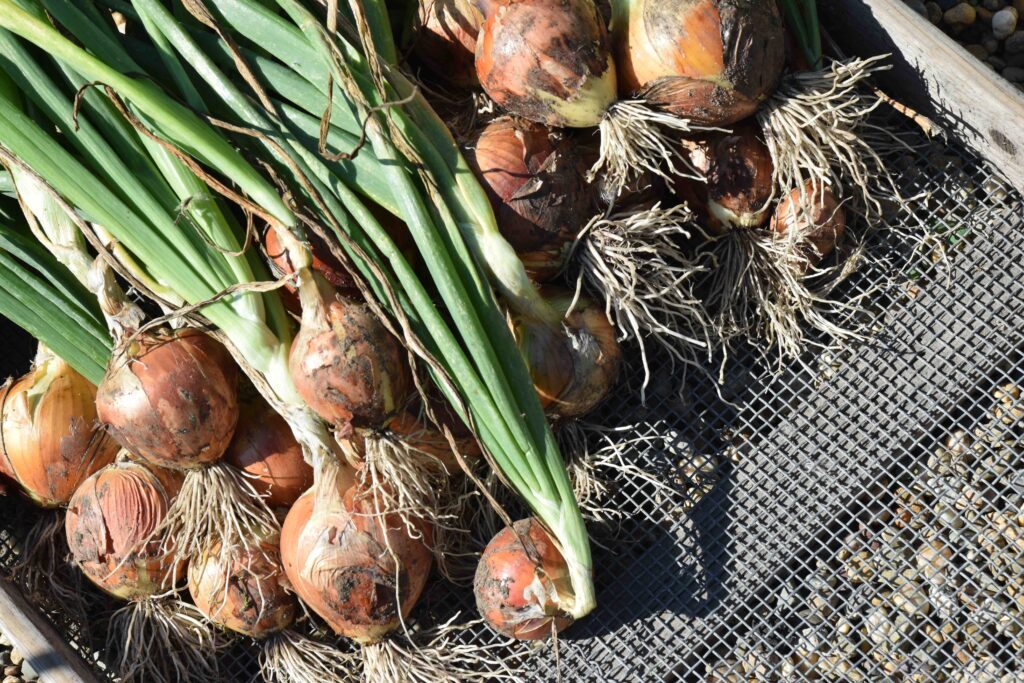
Two weeks ago I addressed how to grow potatoes. This week I am going to tackle onions. Why? Well they are the vegetable I use more than any other, probably more than potatoes. They are also quite easy to grow, give a good crop in a small area and there are several ways to start.
Where to start?
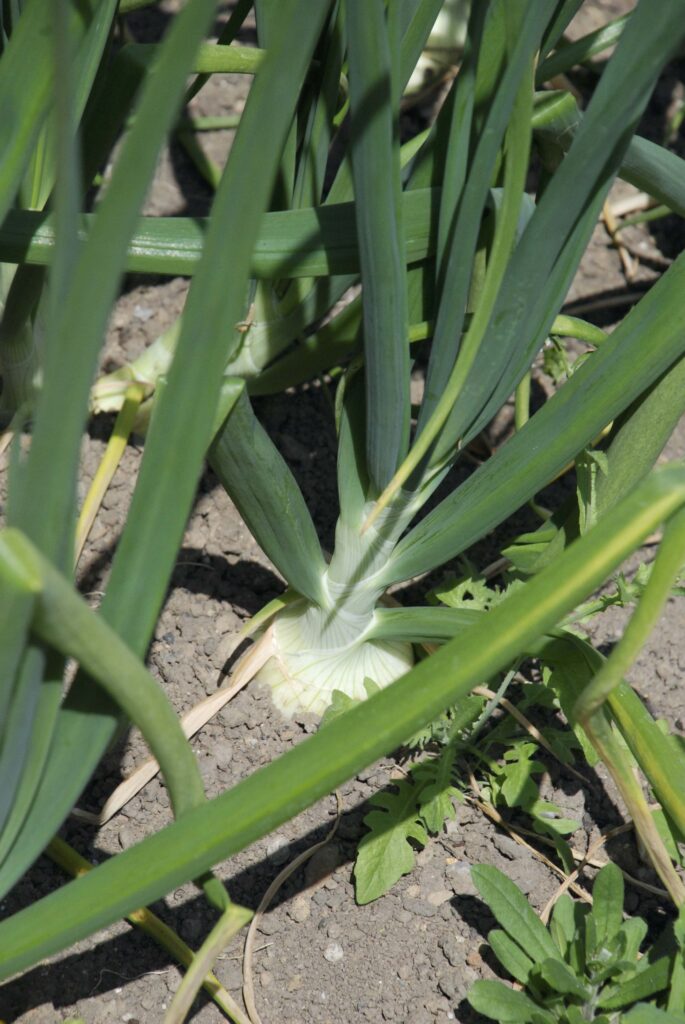
Onions like a rich soil in full sun. They will not grow well in shade. You can prepare the soil by digging it over, adding garden compost or well-rotted manure.
The biggest problem is a fungal disease called white rot which causes the bulbs to rot. It is not inevitable and you may never have it but if it is present in the soil you should not grow onions (or leeks or garlic) in that spot again. Onions will grow in large patio pots and raised beds.
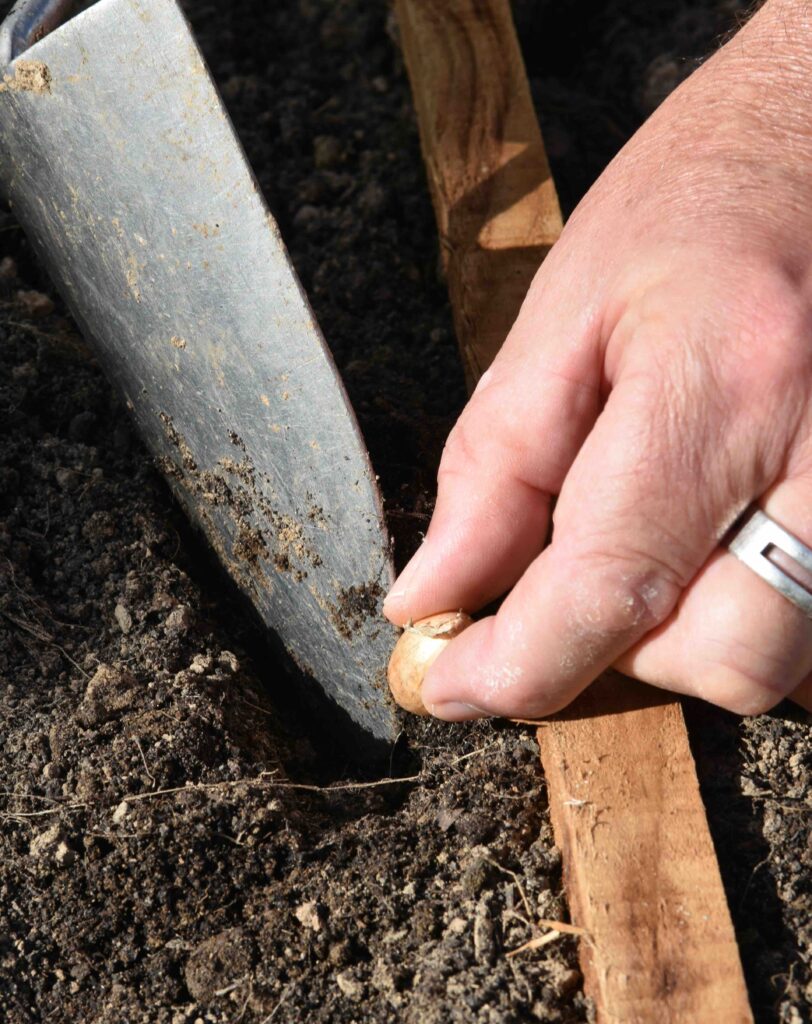
You can grow onions from seed or from sets. Sets are immature onions, grown from seeds, that are planted in spring and harvested in July and August. Sets are the easiest way to grow onions. Each set produces one onion. You can space them easily and you can get red or yellow onions. They are planted in March direct where they are to grow.
Growing onions from seed is slightly more tricky. However, you will have a greater choice of variety. You can treat the seeds in various ways. If you have a cool greenhouse and a propagator or a sunny windowsill you can start sowing now. Use clean pots and fresh compost and sow thinly and keep at about 21c (70f). Or you can wait a month or so. early sowings are more difficult to deal with but will give larger bulbs.
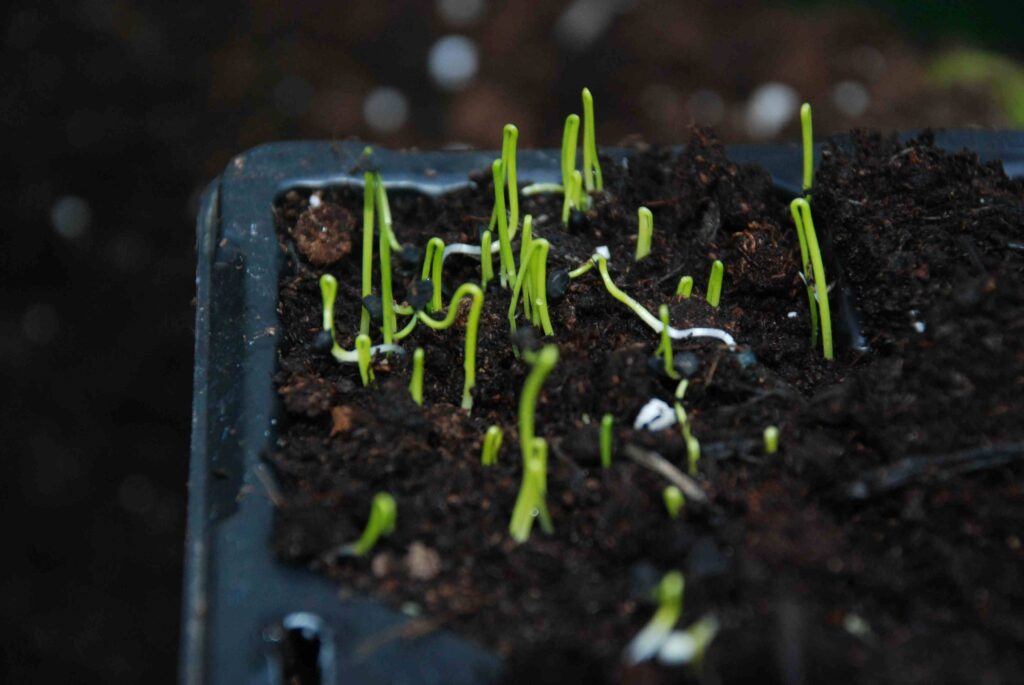
The seedlings will emerge as little ‘loops’ and once they straighten up you can carefully transplant them into individual cell trays. Keep them light and away from frost and plant them out once they have filled the pots with roots, usually in late March and April.
You can also sow direct in rows in the garden, in March and April.
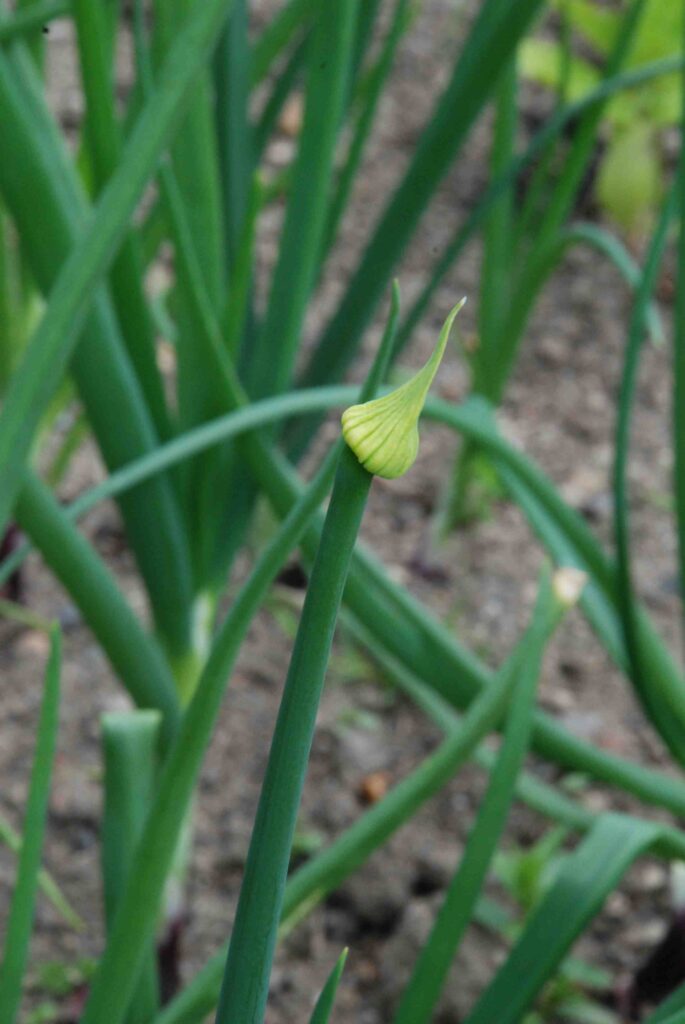
Apart from white rot, the other common problem with onions is bolting. This is where the onion produces a flower stem. Once this starts to grow, the onion will not form a bulb and is useless. Bolting is triggered by many things, but particularly a ‘check’ to growth. This can be a severe cold snap once they start to grow or a period of drought.
Very early sowings can be vulnerable to bolting and sets are more prone to the problem, especially red onions.
When they are growing, feed the onions well and water during dry spells. Onions are mature and ready to harvest in late summer but they are edible at all stages so if they are sown too close you can thin them out and use the thinnings for salads.
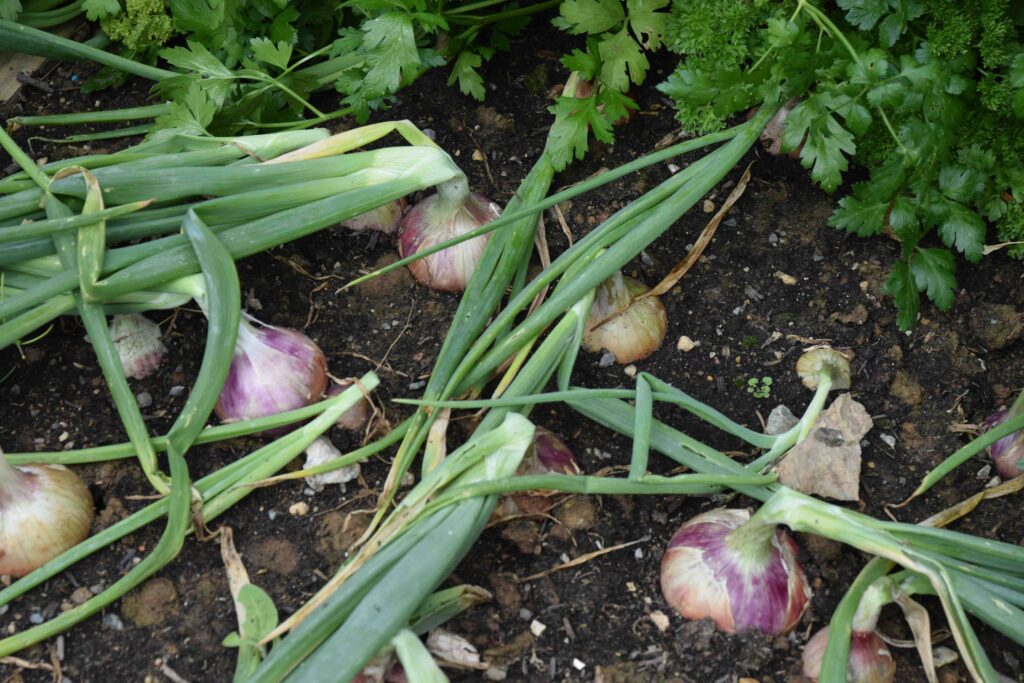
By late July the foliage will flop over and the plants will stop growing. At this stage you can gently partly lift the bulbs, severing the roots, to speed up ripening.
Reminders for the week
Hardwood cuttings: It is the last chance to take hardwood cuttings of forsythia, ribes, currants and willows
Violas: deadhead winter pansies and violas and keep the plants watered. If allowed to dry out they are prone to mildew and greenfly
Hellebores: trim off old foliage to show off the flowers. Buy and plant more hellebores for months of colour for many years
Apples: plant bare root apples and other fruit trees while they are dormant